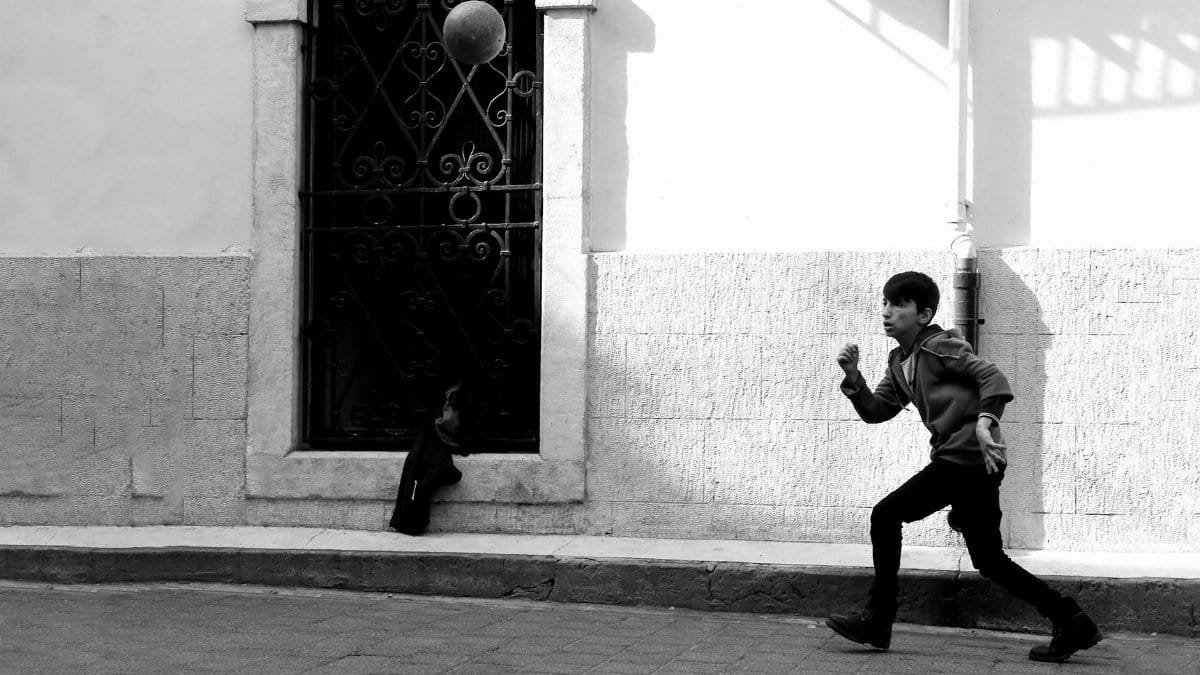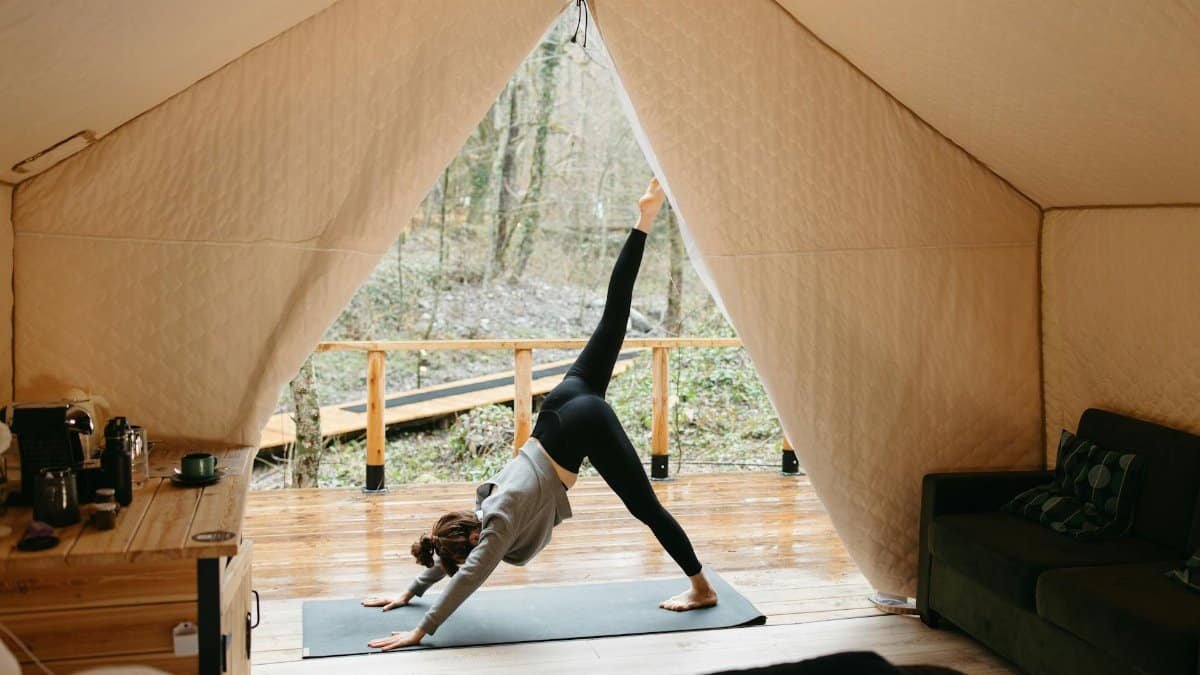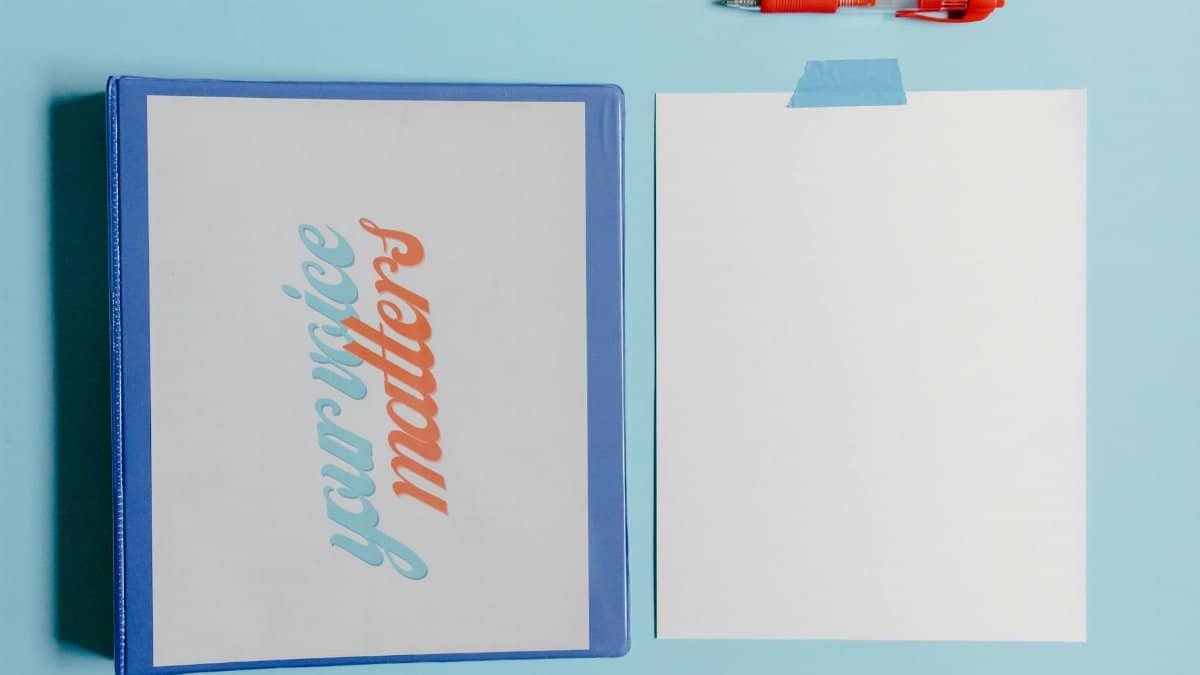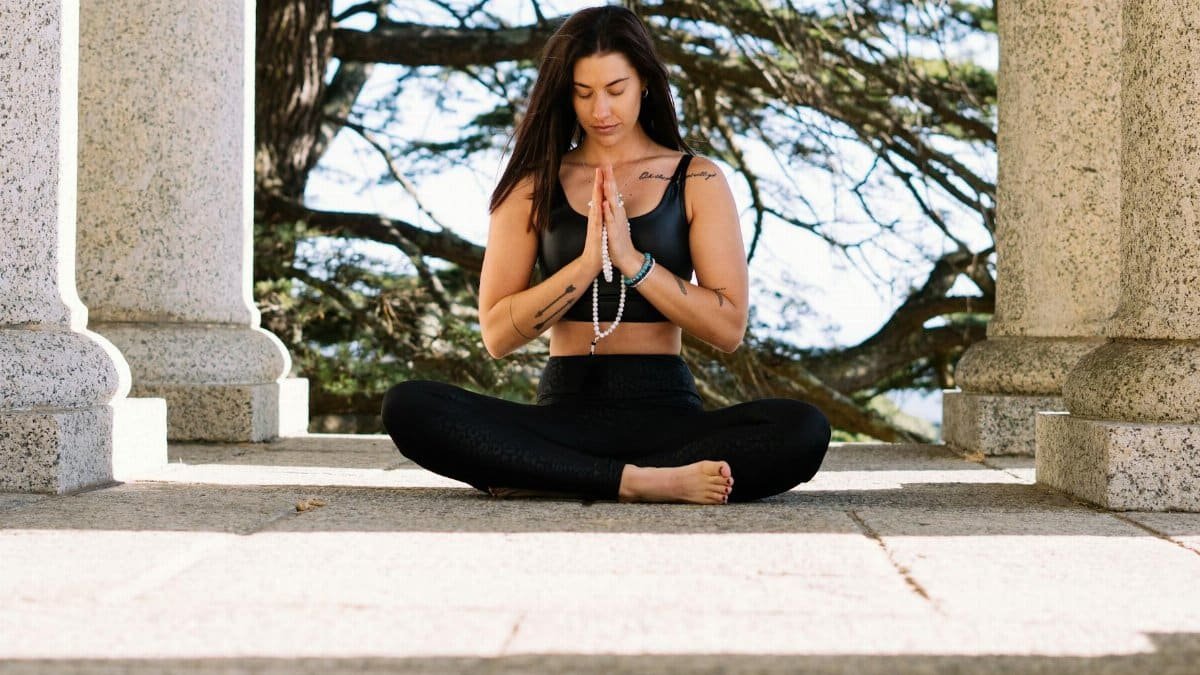In a fast-paced world, millions are turning to breathwork for solace. New data shows that 40% of U.S. adults have tried some form of mindfulness practice in the past year, with calm mindfulness meditation leading the charge. This surge reflects a growing recognition that controlled breathing can unlock inner peace amid daily chaos. From stressed executives to everyday parents, people report reduced anxiety and sharper focus after incorporating these techniques. But what’s the real link, and does it hold up under scrutiny? Experts weigh in on how breathwork fosters mental clarity in 2025.
The Science Behind Breathwork

Breathwork isn’t just New Age fluff. It taps into the body’s autonomic nervous system, shifting from fight-or-flight mode to rest-and-digest. Studies reveal that slow, deliberate breathing lowers cortisol levels, the hormone tied to stress. Researchers at Harvard Medical School have documented how practices like diaphragmatic breathing enhance emotional regulation. This physiological shift explains why many feel a profound sense of calm after just a few minutes. In essence, it’s biology at work, rewiring the brain for peace.
A landmark study from the National Institutes of Health highlights how mindfulness-based breathing reduces symptoms of anxiety disorders. Participants showed measurable improvements in mood and sleep quality after consistent practice.
Linking Breath to Mindfulness Meditation

At its core, calm mindfulness meditation integrates breath awareness as the anchor. Practitioners focus on inhales and exhales, gently redirecting wandering thoughts. This simple act builds resilience against distractions, fostering inner peace over time. Unlike passive relaxation, it demands active engagement, training the mind like a muscle. In 2025, apps and online classes make this accessible, democratizing tools once reserved for retreats.
Experts note that consistency is key. Even five minutes daily can yield benefits, making it practical for busy schedules.
Real-World Benefits for Daily Life

People across the U.S. are applying breathwork to combat everyday stressors. Take office workers facing deadline pressure: a quick breathing exercise can reset their mindset, boosting productivity. Parents use it to stay patient during chaotic evenings. Athletes incorporate it for mental edge in competitions. These applications show breathwork’s versatility in promoting balance.
One user shared, “It transformed my mornings from frantic to focused,” echoing sentiments from wellness communities nationwide.
Common Techniques to Try

Start with the 4-7-8 method: Inhale for four counts, hold for seven, exhale for eight. This technique, popularized by Dr. Andrew Weil, calms the nervous system rapidly. Another is box breathing, used by Navy SEALs for high-stakes focus: equal counts for inhale, hold, exhale, hold. These methods ground users in the present, dissolving worries.
For deeper dives, alternate nostril breathing balances energy, drawing from ancient yoga traditions adapted for modern use.
Challenges and How to Overcome Them

Not everyone finds breathwork easy at first. Distractions abound, and some feel restless during sessions. Beginners often struggle with consistency, mistaking it for instant fixes. To counter this, set realistic goals, like starting with guided audio. Track progress in a journal to build momentum.
Research from the American Psychological Association suggests pairing breathwork with therapy for those with severe anxiety, ensuring safer integration.
Impact on Mental Health Trends

In 2025, mental health experts predict breathwork will play a bigger role in preventive care. With rising burnout rates, especially post-pandemic, it’s gaining traction in workplaces and schools. Programs incorporating mindfulness meditation report lower absenteeism and higher satisfaction. This trend underscores breathwork’s potential as a low-cost, effective tool for widespread well-being.
Clinics are even prescribing it alongside traditional treatments, blending East and West for holistic results.
Cultural Shifts and Adoption

From celebrity endorsements to corporate wellness initiatives, breathwork is embedding in American culture. Figures like Oprah Winfrey have long championed mindfulness, inspiring masses. In urban hubs like New York and Los Angeles, studios offer classes blending breathwork with meditation. This mainstreaming makes inner peace attainable, not elusive.
Yet, accessibility remains an issue in rural areas, prompting online platforms to bridge the gap.
Expert Insights on Long-Term Effects

Psychologists emphasize that sustained practice leads to neuroplasticity, where the brain forms new pathways for calm. Over months, users experience fewer reactive emotions and greater empathy. Dr. Jon Kabat-Zinn, founder of Mindfulness-Based Stress Reduction, notes that breath awareness cultivates a “witnessing” perspective on thoughts.
Long-term studies support this, showing reduced depression relapse rates among practitioners.
Integrating Breathwork into Routines

Make it habitual by tying sessions to daily anchors, like morning coffee or bedtime. Combine with walking for active meditation, enhancing physical benefits. Groups or apps provide accountability, turning solitary practice into community support.
As 2025 unfolds, expect more innovations, like VR-guided breathwork, pushing boundaries further.
Why It Matters Now

Amid economic uncertainties and digital overload, breathwork offers a free path to inner peace. It’s not about escaping reality but engaging it mindfully. With calm mindfulness meditation at the forefront, individuals are reclaiming control over their mental states. This empowerment could reshape how society approaches wellness, one breath at a time.
